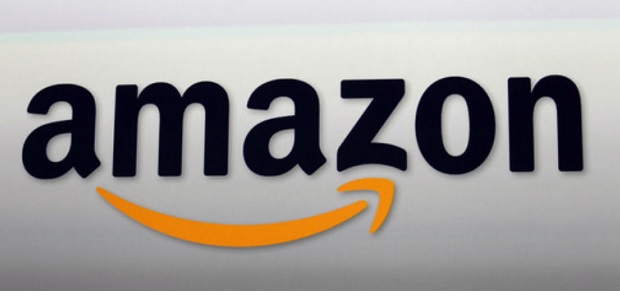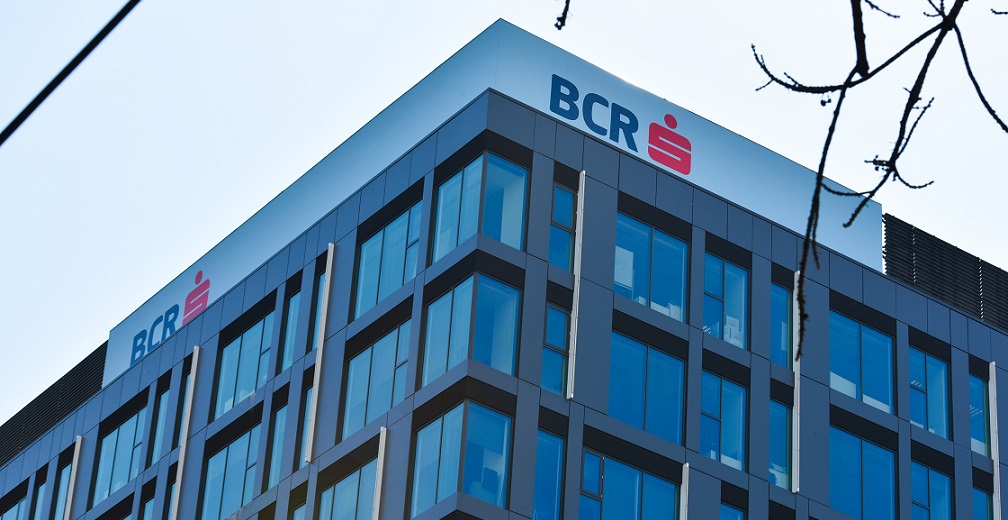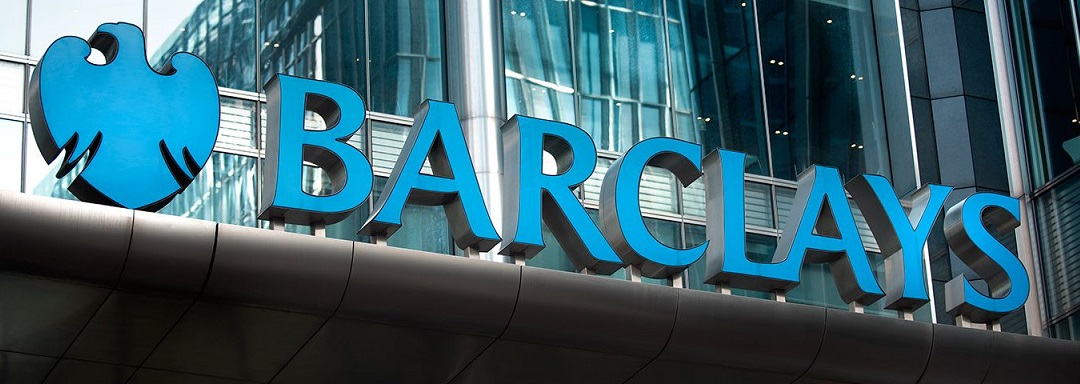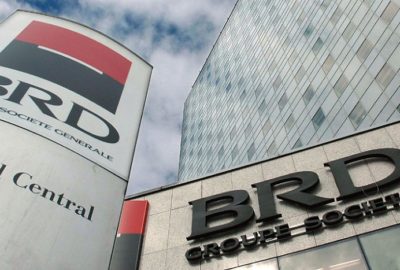Amazon will consider opening up to 3,000 cashierless stores by 2021

Amazon.com Inc. is considering a plan to open as many as 3,000 new AmazonGo cashierless stores in the next few years, according to people familiar with matter, an aggressive and costly expansion according to Bloomberg. Rapid expansion would rank it among biggest convenience chains. Retailer is testing different formats for AmazonGo strategy.
Chief Executive Officer Jeff Bezos sees eliminating meal-time logjams in busy cities as the best way for Amazon to reinvent the brick-and-mortar shopping experience, where most spending still occurs. But he’s still experimenting with the best format: a convenience store that sells fresh prepared foods as well as a limited grocery selection similar to 7-Eleven franchises, or a place to simply pick up a quick bite to eat for people in a rush, similar to the U.K.-based chain Pret a Manger, one of the people said.
The company unveiled its first cashierless store near its headquarters in Seattle in 2016 and has since announced two additional sites in Seattle and one in Chicago. Two of the new stores offer only a limited selection of salads, sandwiches and snacks, showing that Amazon is experimenting with the concept simply as a meal-on-the-run option. Two other stores, including the original AmazonGo, also have a small selection of groceries, making it more akin to a convenience store.
Shoppers use a smartphone app to enter the store. Once they scan their phones at a turnstile, they can grab what they want from a range of salads, sandwiches, drinks and snacks – and then walk out without stopping at a cash register. Sensors and computer-vision technology detect what shoppers take and bills them automatically, eliminating checkout lines.
Adding 3,000 convenience stores would make AmazonGo among the biggest chains in U.S. The internet giant is considering plans to have about 10 locations open by the end of this year, about 50 locations in major metro areas in 2019, and then as many as 3,000 by 2021, said the people, who requested anonymity discussing internal plans. Opening multiple locations in proximity, like it’s doing in Seattle, could also help Amazon reduce costs by centralizing food production in one kitchen serving many stores.
The U.S. currently has 155,000 convenience stores, with 122,500 of them combined with gas stations, according to industry group NACS. Non-fuel purchases at convenience stores totaled $233 billion in 2016, with cigarettes and other tobacco products the best-selling items.
Dariusz Mazurkiewicz – CEO at BLIK Polish Payment Standard
Banking 4.0 – „how was the experience for you”
„To be honest I think that Sinaia, your conference, is much better then Davos.”
Many more interesting quotes in the video below:










